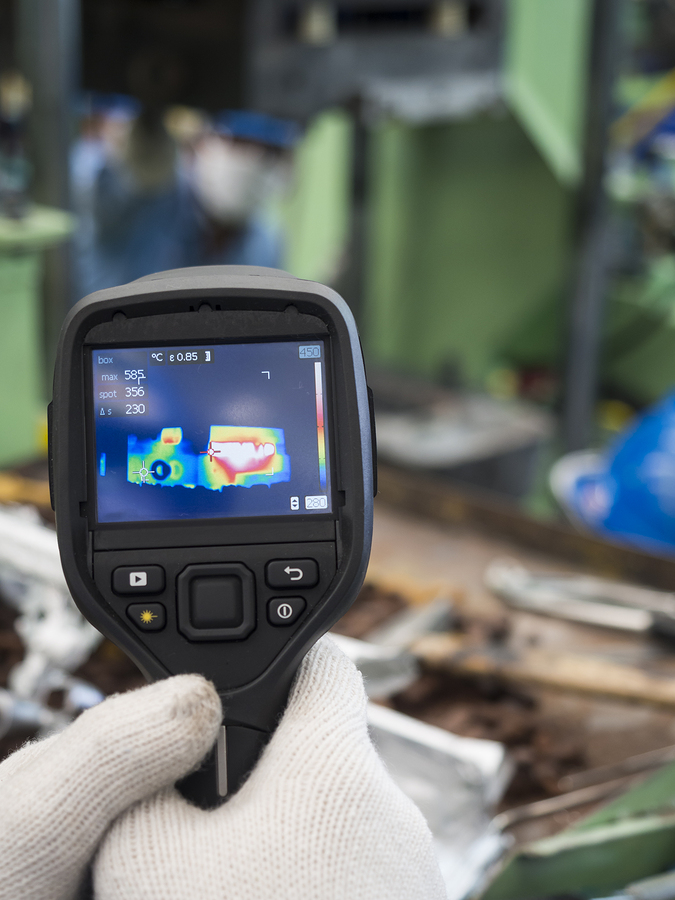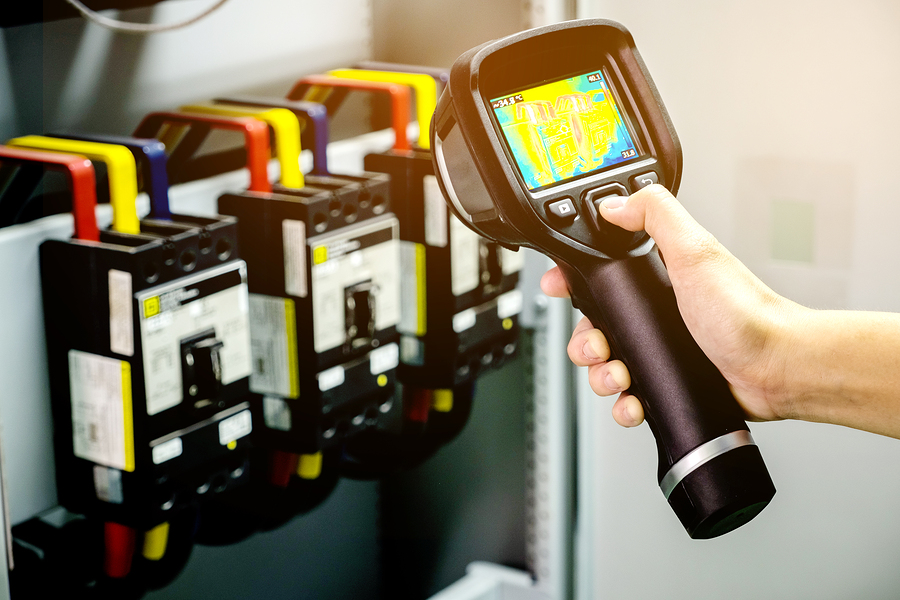Proactive maintenance should be a swift, decisive solution to prevent mechanical failure. To execute it effectively, you need an equally decisive method of determining when it’s applicable. Many manufacturers rely on ultrasonic detectors or sensors to alert them to impending failures. Another among these robust tools — yet not as often utilized — is infrared imaging.
Putting infrared to work
Infrared (thermal) imaging is most often used in electrical inspections and electrical preventive maintenance (EPM) programs; however, its applications are more far reaching. Because infrared distinguishes temperature — specifically heat spikes — it’s used to gauge hotspots and other areas of concern within mechanical systems.
The biggest enemy of mechanical function is friction, and the most prominent byproduct of friction is heat. Using infrared scopes and imaging equipment to detect and monitor heat (friction) in mechanical systems offers critical opportunity to prevent failures. For example, a simple thermal picture of a gearbox may show a hotspot developing. Using infrared imaging evidence, maintenance professionals can explore solutions that include better lubrication, part replacements, or different operational programming.
Considering long-term benefits
 Routine imaging for proactive maintenance is only one of the chief uses of infrared technology. For manufacturers seeking long-term benefits, infrared also delivers here. This same imaging technology integrates into semi-annual or annual inspections to provide yet another layer of information about critical machinery.
Routine imaging for proactive maintenance is only one of the chief uses of infrared technology. For manufacturers seeking long-term benefits, infrared also delivers here. This same imaging technology integrates into semi-annual or annual inspections to provide yet another layer of information about critical machinery.
As an example, thermal imaging may be able to pick up high heat signatures that have indirect catalysts. A thick layer of dust on the exhaust vent of your machinery may lead to an overheat failure in the future. Or, the insulation on your temperature-control equipment may be failing due to age, exposing it to inefficiency. These applications make infrared viable for both routine checkups and longer-term maintenance approaches.
Few barriers to adaptation
Thermal imaging technology has few barriers preventing its use. First, thermal imaging is easy to use. In addition, technicians can often complete training online or direct from the manufacturer, giving them insight into effective use of industrial infrared equipment. And, thanks to leaps in the technology over the past decade, inexpensive models are widely available for manufacturers that don’t want to make a large capital investment.
The case for thermal imaging
Staying a step ahead of friction and heat is a top priority for every manufacturing maintenance tech. Any tool with the ability to detect these variables is a tool worth incorporating into a proactive maintenance approach in some capacity.
The beauty of infrared imaging is its broad scope of uses, combined with easy adaptation. Being able to rely on a thermal imaging tool for electric and mechanical inspections, whether routine or comprehensive, means having visual proof of impending problems. A thermal imaging tool may be the simplest piece of equipment you’re not using to monitor the function and integrity of your industrial machinery!
